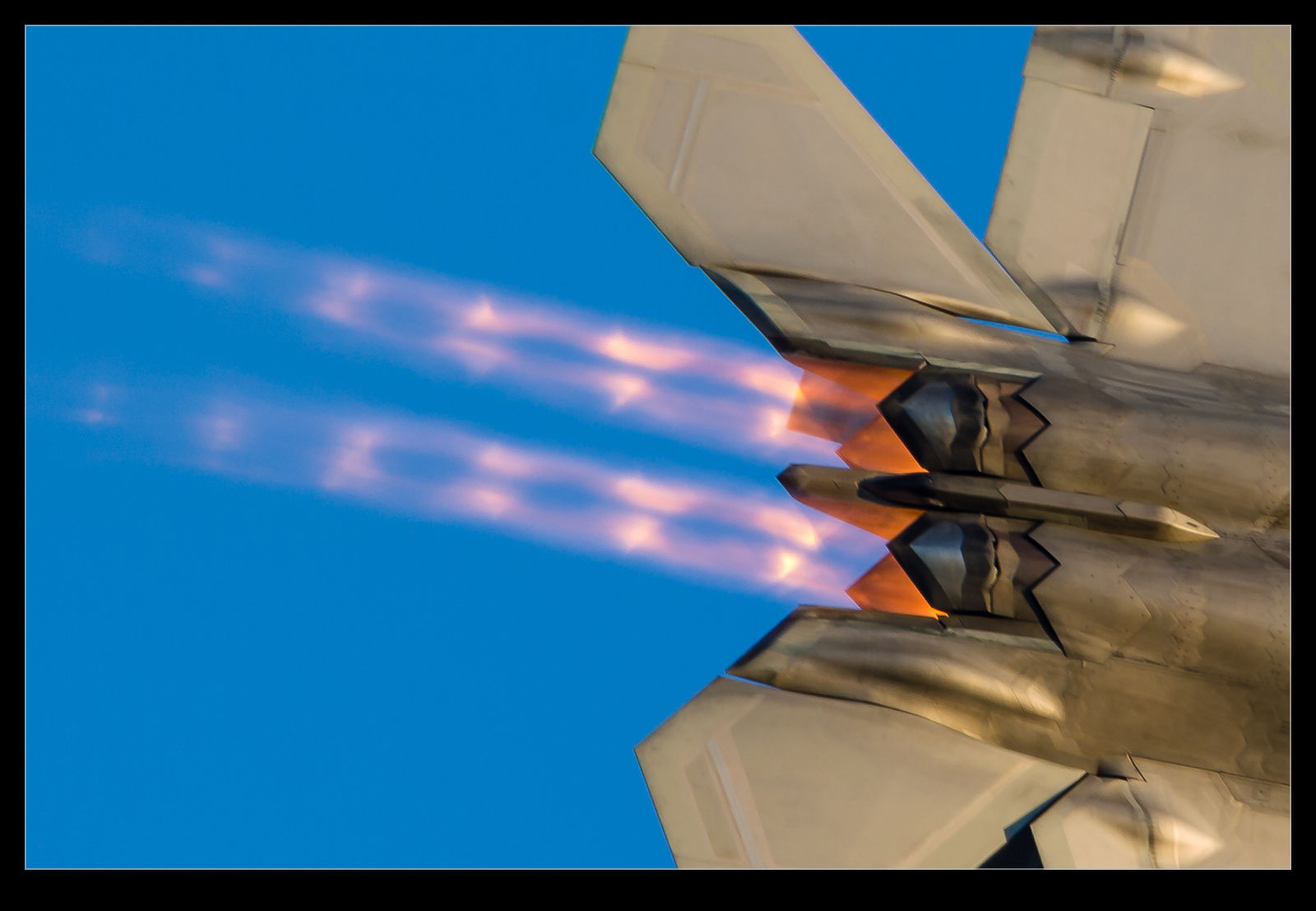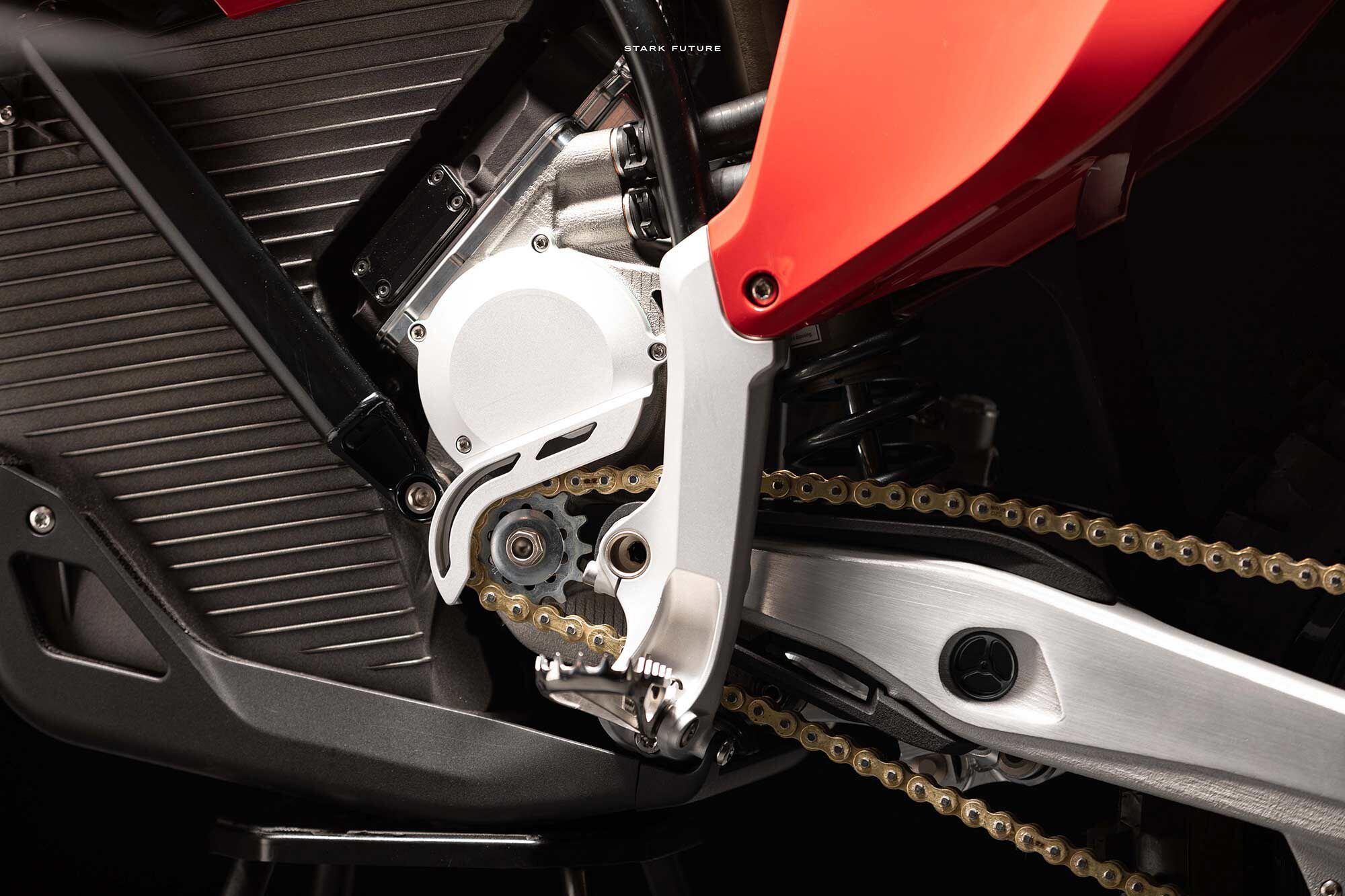Battery power has the advantage of being converted into useful work at high efficiencies. Unfortunately, that is where the good news ends.
Your math is not accurate. Gasoline/jet fuel is 46 mj/kg. Also of note, lithium batteries are about 0.5 mj/kg, of which 70% are of practical use.
But even more interesting than the enormous disparity in energy between even the best batteries and hydrocarbon fuels, is the fact that the heat of combustion is used for more than just turning a turbine to drive a fan. That "waste" heat is used to raise the speed of sound in the "duct" of a fanjet. Allowing much higher discharge velocities and therefore, high cruise speeds. The hotter the exhaust, the higher the stagnation point (speed at which the airflow can not exceed).
Faster duct discharge equals more thrust, for a given airflow.
This is why modern airliners get 120+ passenger MPG. And fighter jets with 2400MPH discharge velocities, can achieve Mach 2++


